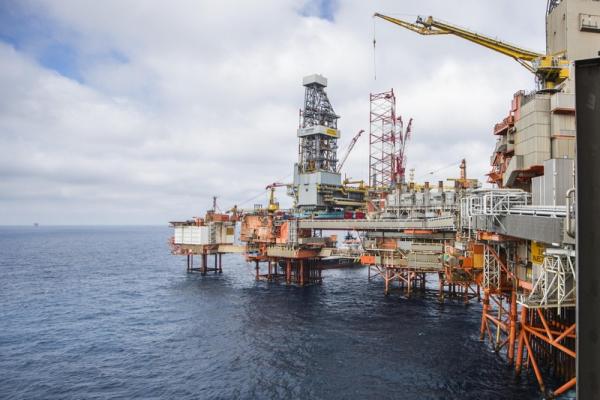By Barani Krishnan
Investing.com - With the biggest losses for a quarter behind it and the worst yet to come, oil could be trading in the lower teens next as weekly U.S. stockpile builds turn uglier, crude traders warned on Wednesday.
“The main factor we are seeing is the amount of oil that is now being produced, as threatened and promised by Saudi Arabia,” Tariq Zahir of the oil-focused Tyche Capital Advisors in New York said.
Oil prices fell as much as 6% after weekly oil data from the U.S. government showed crude stockpiles matching three-year highs.
West Texas Intermediate, the New York-traded benchmark for U.S. crude prices, settled down 17 cents, or 0.8%, at $20.95 per barrel after hitting session lows at $19.93. On Monday, WTI hit an 18-year bottom of $19.27.
London-traded Brent, the global benchmark for oil, slumped $1.41, 5.3%, to $24.94 by 2:50 PM ET (18:50 GMT).
WTI lost 66% for the first quarter and Brent 61% as trading for March ended on Tuesday.
Crude prices have cratered from a perfect storm of demand destruction caused by the coronavirus pandemic and ill-timed production hikes by Saudi Arabia, which has raised its output by 30% over the past month to a record 12.3 million barrels per day, to poach markets served by Russian and U.S. oil exporters.
Wednesday’s weekly oil dataset released by the U.S. Energy Information Administration showed crude stockpiles having risen by 13.8 million barrels last week, matching a weekly build last seen in February 2017.
The three-year high in crude builds wasn’t entirely surprising, given the near paralysis in U.S. motoring and commuting public activity as more than a third of its population were on lockdown in an attempt to contain the spread of the pandemic.
The impact of Covid-19 on refineries was clear, with refinery runs at just over 82% of capacity last week, down from the previous week’s 87% and way below norm for this time of year.
“The additional shelters in place by state governors in the U.S. and the same sort of restrictions in Europe will only continue to destroy any type of demand for crude oil and products,” Zahir said.
Gasoline stockpiles surged by 7.5 million barrels, versus forecasts for a rise of about 1.95 million barrels. Accordingly, gasoline production fell last week to 7.5 million bpd from 9 million bpd the previous week.
Distillates inventories unexpectedly fell by 2.2 million barrels, compared with expectations for a build of about 1.03 million barrels.
Distillate fuel production also rose by 5 million bpd. In the most simplistic interpretation, that underscored the ramp-up in trucking and transportation related activity as e-commerce and courier companies from Amazon (NASDAQ:AMZN) to UPS (NYSE:UPS) and FedEx (NYSE:FDX) race round the clock to fulfill orders that have stretched their delivery capacity to the max.
U.S. crude production, meanwhile, remained near all-time highs at 13 million bpd, proving that the impact on shale output hasn't really set in yet by EIA estimates.
Analysts have said they expect at least 30% of shale oil drillers in the U.S. -- whose costs per barrel are typically between $35 to $40 per barrel -- to go bust in the present environment. Whiting Petroleum on Wednesday became the first U.S. shale driller to fall to the Covid-19 oil crash, filing for Chapter 11 bankruptcy protection.
